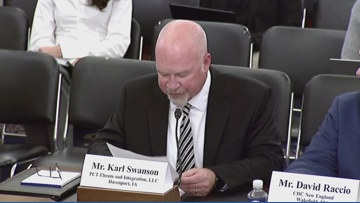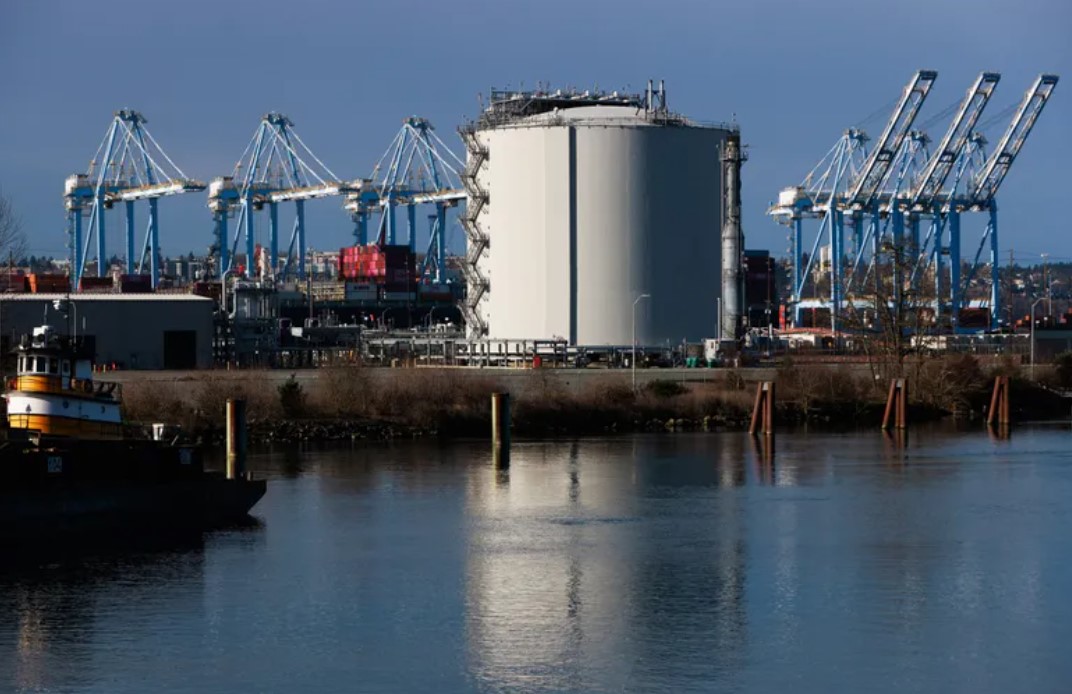The Intersection of Education and Climate Action: A New Research Initiative
Inaugural Report on Education and Climate Change
- The Sustainable Education Research Initiative has published a working paper titled “Education and Climate Change: Synthesizing the Evidence to Guide Future Research.”
- The report establishes the primary connections between educational systems and climate change impacts.
- It provides a strategic roadmap to guide future interdisciplinary research, aligning with Sustainable Development Goal 17 (Partnerships for the Goals).
Impact on Sustainable Development Goal 4: Quality Education
- Climate-related environmental disasters pose a significant and increasing threat to educational continuity, directly impacting SDG 4 (Quality Education).
- Federal data indicates a rise in billion-dollar environmental disasters from an average of three per year in the 1980s to approximately 23 annually in recent years.
- These events directly affect school operations, budgets, and infrastructure, which is a key concern of SDG 11 (Sustainable Cities and Communities).
- Between 2011 and 2019, extreme weather events were responsible for 83% of school closures that lasted for a week or more, severely disrupting student learning.
Addressing Sustainable Development Goal 13: Climate Action
- The initiative frames climate change as an urgent education policy issue, directly supporting the objectives of SDG 13 (Climate Action).
- It recognizes that educational institutions are both vulnerable to the effects of climate change and vital to fostering solutions.
- By mapping the research landscape, the initiative aims to advance scholarship on climate change mitigation, adaptation, and resilience through education, a core target of SDG 13.
Strategic Objectives and Contributions to Global Goals
- The initiative has outlined several objectives to advance its mission and contribute to the achievement of SDGs 4, 11, and 13. The planned activities include:
- Making research widely available to the public.
- Hosting public research seminars to foster knowledge sharing.
- Publishing policy memos to guide administrative and governmental action.
- Developing interactive online reports for students, educators, and administrators.
- Producing free toolkits to empower educational communities in addressing climate challenges.
1. Which SDGs are addressed or connected to the issues highlighted in the article?
The article primarily addresses issues related to three Sustainable Development Goals (SDGs) by highlighting the intersection of climate change and education. The analysis points to the following SDGs:
- SDG 4: Quality Education: The article directly discusses the impact of climate change on the education sector, including threats to school infrastructure and operations, which affects the quality and continuity of education.
- SDG 13: Climate Action: The core problem discussed is the increasing frequency and intensity of climate-related disasters. The article emphasizes the need for research and policy to address climate change’s effects and positions schools as part of the solution.
- SDG 11: Sustainable Cities and Communities: The article mentions the vulnerability of school infrastructure to environmental disasters. Schools are a critical part of community infrastructure, and making them resilient contributes to creating sustainable and safe communities.
2. What specific targets under those SDGs can be identified based on the article’s content?
Based on the issues discussed, several specific targets under the identified SDGs are relevant:
SDG 4: Quality Education
- Target 4.a: “Build and upgrade education facilities that are child, disability and gender sensitive and provide safe, non-violent, inclusive and effective learning environments for all.” The article’s focus on “threats to schools, to infrastructure” and the fact that extreme weather causes school closures directly relates to the need for safe and resilient learning environments.
- Target 4.7: “By 2030, ensure that all learners acquire the knowledge and skills needed to promote sustainable development…” The initiative’s plan to “publish policy memos, develop interactive online reports for students, educators and administrators, and produce free toolkits” aims to equip the education community with the knowledge to address climate change, aligning with this target.
SDG 13: Climate Action
- Target 13.1: “Strengthen resilience and adaptive capacity to climate-related hazards and natural disasters in all countries.” The article highlights the increased frequency of disasters and their “real, direct impacts on school operations,” underscoring the urgent need to strengthen the resilience of the education sector.
- Target 13.3: “Improve education, awareness-raising and human and institutional capacity on climate change mitigation, adaptation, impact reduction and early warning.” The “Sustainable Education Research Initiative” itself, with its goal to “help advance interdisciplinary scholarship and illustrate why climate change is an urgent education policy issue,” is a direct effort to build institutional capacity and raise awareness.
SDG 11: Sustainable Cities and Communities
- Target 11.5: “By 2030, significantly reduce the number of deaths and the number of people affected and substantially decrease the direct economic losses relative to global gross domestic product caused by disasters…” The article mentions that disasters cause “more than $1 billion in damage” and directly affect “students, teachers and staff” through school closures, which aligns with the goal of reducing the impact of disasters on people and infrastructure.
3. Are there any indicators mentioned or implied in the article that can be used to measure progress towards the identified targets?
The article provides specific data points that can serve as or inform indicators for measuring progress.
Indicators for SDG 4 (Quality Education)
- Implied Indicator for Target 4.a: The article states that “extreme weather events were responsible for 83% of school closures lasting a week or more between 2011 and 2019.” The number and duration of school closures due to weather events can serve as a direct indicator of the vulnerability of education facilities and the lack of safe learning environments.
Indicators for SDG 13 (Climate Action)
- Implied Indicator for Target 13.1: The article notes an increase in “environmental disasters… that cause more than $1 billion in damage… from an average of around three per year in the early 1980s to approximately 23 annual disasters in recent years.” Tracking the frequency of these high-impact events and their effect on critical infrastructure like schools can measure the level of resilience and adaptive capacity.
Indicators for SDG 11 (Sustainable Cities and Communities)
- Implied Indicator for Target 11.5: The article provides data on the economic and social impact of disasters. The “frequency of environmental disasters… that cause more than $1 billion in damage” is a measure of direct economic loss. The “83% of school closures lasting a week or more” is a measure of the number of people (students and staff) affected by disasters.
4. Table of SDGs, Targets, and Indicators
| SDGs | Targets | Indicators (Mentioned or Implied in the Article) |
|---|---|---|
| SDG 4: Quality Education | Target 4.a: Build and upgrade education facilities to provide safe and effective learning environments. | Number and duration of school closures due to extreme weather events (e.g., “83% of school closures lasting a week or more between 2011 and 2019”). |
| SDG 13: Climate Action | Target 13.1: Strengthen resilience and adaptive capacity to climate-related hazards and natural disasters. | Frequency of high-impact environmental disasters (e.g., increase from “three per year in the early 1980s to approximately 23 annual disasters in recent years”). |
| SDG 11: Sustainable Cities and Communities | Target 11.5: Significantly reduce the number of people affected and direct economic losses from disasters. | Direct economic loss from disasters (e.g., disasters causing “more than $1 billion in damage”) and number of people affected (e.g., students and staff impacted by school closures). |
Source: brown.edu







